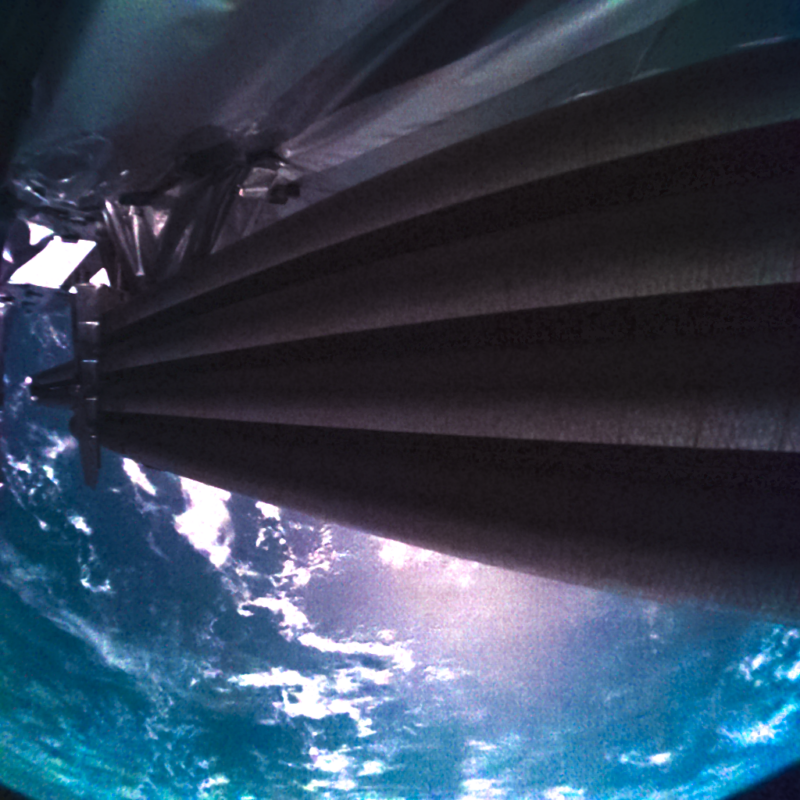It has now been two weeks since the on-target launch of the European Space Agency's 1.5 billion euro probe that is bound for the moons of Jupiter.
This process had been going well until the space agency attempted to extend a 16-meter-long antenna that is part of its radar instrument. The Radar for Icy Moons Exploration, or RIME, is an important scientific instrument on the spacecraft because its ground-penetrating radar will allow for examinations of the interior of intriguing moons such as Europa and Ganymede.
On Friday, the European Space Agency said the long antenna remains stuck to its mounting bracket and is only extended about one-third of its full length. Engineers at the spacecraft's mission control center in Darmstadt, Germany, are working to solve the issue.
"The current leading hypothesis is that a tiny stuck pin has not yet made way for the antenna’s release. In this case, it is thought that just a matter of millimeters could make the difference to set the rest of the radar free," the agency said. "Various options are still available to nudge the important instrument out of its current position. The next steps to fully deploy the antenna include an engine burn to shake the spacecraft a little, followed by a series of rotations that will turn Juice, warming up the mount and radar, which are currently in the cold shadows."
Given that there are several options for getting the antenna unstuck and nearly eight years of voyaging left before Juice reaches the Jovian system, Europe probably has a good chance of resolving this issue.
It's also worth noting that the rest of the Juice spacecraft is healthy, and the remainder of the commissioning process has gone smoothly. However, while this antenna is not mission-critical and there are plenty of other scientific instruments on board, this is one of the most important ones.
This issue is reminiscent of the difficulty NASA had in deploying the high-gain antenna on the Galileo spacecraft, which launched to Jupiter in 1989 on the space shuttle. This antenna, needed for high-rate communications between the spacecraft and Earth, remained only partially deployed after years of effort to resolve the issue. NASA ultimately had to end up using a low-gain antenna, which resulted in a much slower rate of data from Galileo.



3175x175(CURRENT).thumb.jpg.b05acc060982b36f5891ba728e6d953c.jpg)

Recommended Comments
There are no comments to display.
Join the conversation
You can post now and register later. If you have an account, sign in now to post with your account.
Note: Your post will require moderator approval before it will be visible.